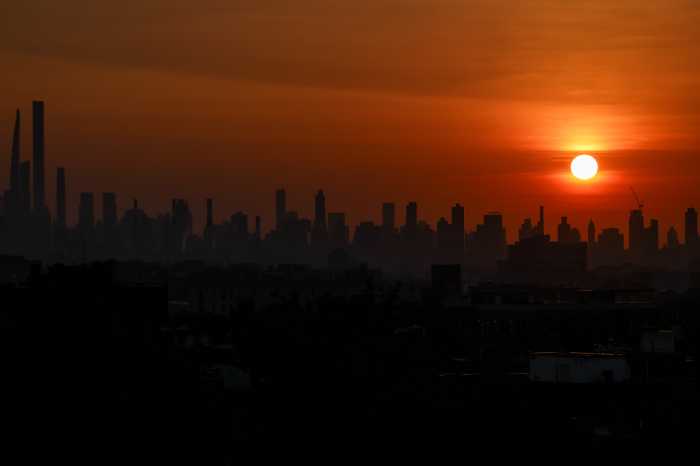
With incomes stagnant and housing costs soaring, living in New York City has become markedly less affordable since 2000, according to a report released Monday by the state comptroller’s office.
While affordability is decreasing statewide, the trend is especially prevalent in the city, the report said.
The Bronx was worst in the state with 57.6% of rental households paying more than the affordability threshold (30% or less of household income) in 2012, a 14.3% jump since 2000.
Brooklyn, meanwhile, claimed the bottom spot with 46.7% of owner households footing an unaffordable bill, an 11.2% increase during that period.
“Regardless of where they live, more New Yorkers are feeling pinched by rising housing costs,” State Comptroller Thomas DiNapoli said in a statement. “When half your income goes to pay for a place to live, you are going to be stretched thin on other everyday purchases.”
The Bronx, Brooklyn and Queens are among the bottom-fifth of all counties statewide in both affordable rentals and homeownership. Staten Island is in the bottom-third. And in Manhattan, the city’s most affordable borough to live in relative to income, 44% of rental and 27% of owner households pay higher-than-ideal rates.
“That doesn’t come as a surprise to me,” said Harvey Epstein, a tenant representative on the city’s Rent Guidelines Board and associate director of the Urban Justice League. “It’s harder and harder to be able to live in New York City and New York state. I hope this is a wakeup call to policymakers.”
On average, American households spend 26% of pre-tax income on housing costs, according to the Bureau of Labor Statistics.
The proportion of statewide rental households paying unaffordable rates rose from 40.5% in 2000 to 50.6% in 2012. More than one-third of New York State homeowners, meanwhile, faced similarly high costs by 2012.
Between 2000 and 2012, New York state’s median gross monthly rent and owner costs rose 18.6% and 9.9%, respectively, when adjusted for inflation. At the same time, median household income dropped 3.6% and median real estate tax payments rose 12.3%.
Jack Freund, vice president of the Rent Stabilization Association, a lobbying group for property owners, blamed rising rents on increased costs of property taxes and public utilities.
“That is a long-term problem,” he said. Freund added that the federal government should raise its 30% affordability threshold, arguing that housing cost as a portion of overall household spending is naturally growing.
Advocating for rent freezes in New York City, Jaron Benjamin, executive director of the Metropolitan Council on Housing, called the situation “dire.” A dearth of affordable housing is one reason why New York City continues to struggle with homelessness.
“This doesn’t exist in a vaccuum,” he said.
(with Lauren Holter)






























